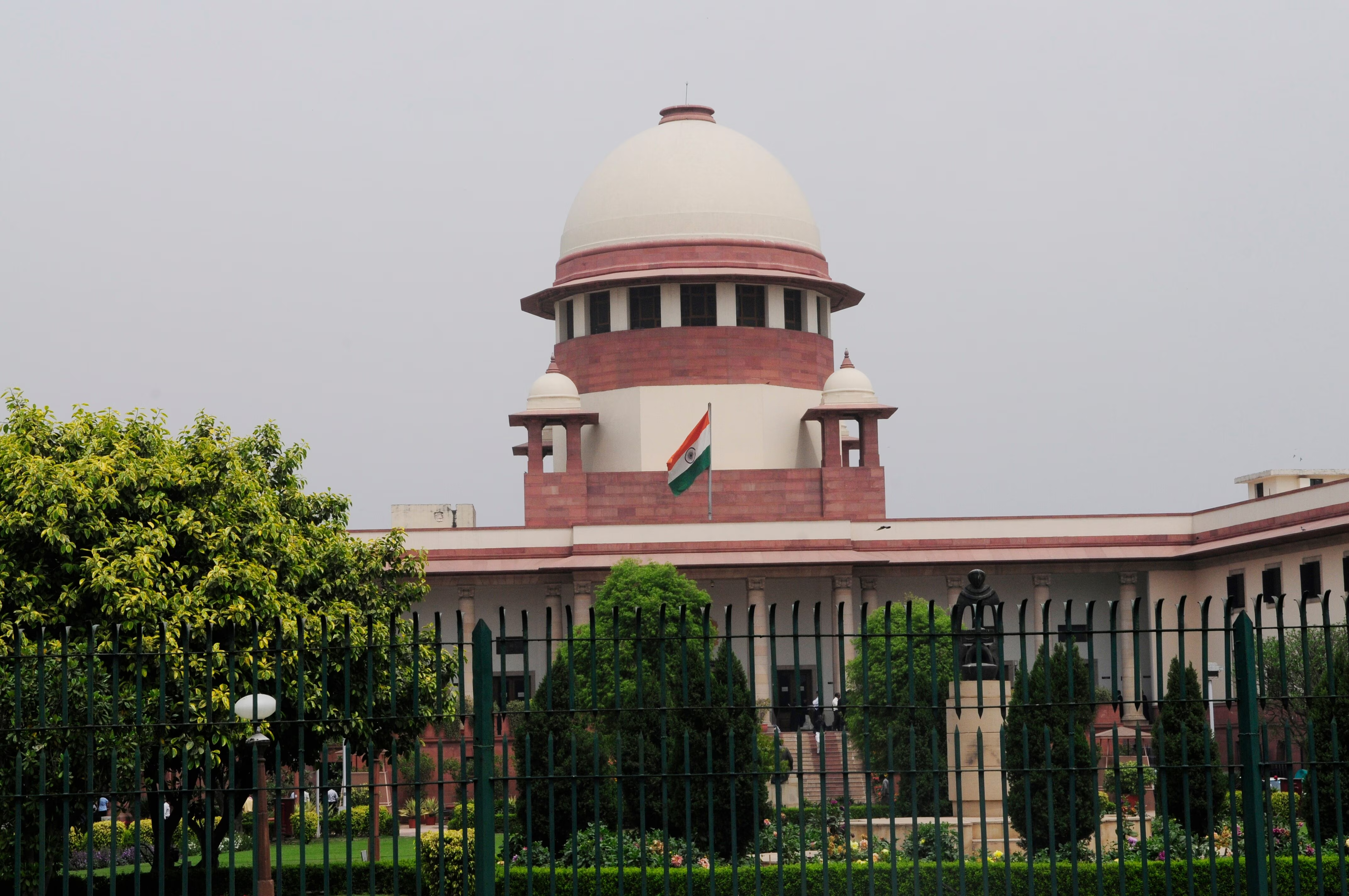- Courses
- GS Full Course 1 Year
- GS Full Course 2 Year
- GS Full Course 3 Year
- GS Full Course Till Selection
- CSAT
- 5 LAYERED ARJUNA Mentorship
- Public Administration Optional
- Online Program
- GS Recorded Course
- NCERT Batch
- Polity Module Course
- Geography Module Course
- Economy Module Course
- AMAC Module Course
- Modern India, Post Independence & World History Module Course
- Environment Module Course
- Governance Module Course
- Science & Tech. Module Course
- International Relations and Internal Security Module Course
- Disaster Management Module Course
- Ethics Module Course
- Essay Module Course
- Current Affairs Module Course
- ABOUT US
- OUR TOPPERS
- TEST SERIES
- FREE STUDY MATERIAL
- VIDEOS
- CONTACT US
Supreme Court on Governor's Role and Presidential Assent: Landmark Ruling in Tamil Nadu Case
Supreme Court on Governor's Role and Presidential Assent: Landmark Ruling in Tamil Nadu Case

- In a significant constitutional ruling in the ‘State of Tamil Nadu vs Governor of Tamil Nadu’ case, the Supreme Court of India has addressed long-standing issues related to delays in Presidential assent to state legislation.
- The Court has now introduced a clear timeline for the President to act on bills reserved by Governors under Article 201 of the Constitution.
- This judgment not only strengthens cooperative federalism but also curbs arbitrary delays in the legislative process.
Understanding the Constitutional Framework
- Article 200 – Governor’s Role in State Bills: When a state legislature passes a bill, the Governor has the power to:
- Give assent,
- Withhold assent,
- Reserve the bill for the President’s consideration under Article 201.
- Article 201 – President’s Role After Bill is Reserved
- Once a bill is reserved, the President may either assent to it or withhold assent.
- However, the Constitution does not prescribe a time limit for the President to make a decision.
This legal vacuum has led to bills being kept pending indefinitely, creating hurdles in state governance.
Past Recommendations for Reform
- Sarkaria Commission (1983) and Punchhi Commission (2007) both flagged this issue.
- They recommended a fixed timeline for the President to act on reserved bills to prevent legislative uncertainty and misuse of power.
Key Supreme Court Directives in the Tamil Nadu Case
The Supreme Court's judgment addresses this loophole with specific guidelines:
1. Time-Bound Presidential Action
- The President must make a decision within 3 months of receiving a bill reserved under Article 201.
- This ensures the legislative process is not stalled indefinitely.
2. Mandatory Communication of Reasons: If the President withholds assent, the reasons must be clearly stated and communicated to the concerned State Government.
3. No Absolute Veto: The Court made it clear that the President cannot exercise an ‘absolute veto’ by simply not acting on a bill.
-
- Absolute veto refers to the outright withholding of assent with no possibility of reconsideration.
4. Mandamus Against Inaction: If the President fails to act within the prescribed time, the State has the right to approach the Court and seek a writ of mandamus to compel action.
5. Cooperative Role for States: States are required to respond promptly to any queries from the Centre and to engage constructively when suggestions are made during the assent process.
6. Pre-Legislative Consultation
- Before introducing a bill that may require Presidential assent, States should consult the Central Government.
- In turn, the Centre must handle such consultations with fairness and urgency, respecting federal principles.
7. Seeking Judicial Opinion Under Article 143: If a bill is reserved due to doubts about its constitutionality, the President should consider referring the matter to the Supreme Court under Article 143, which allows the President to seek legal advice.
Conclusion: Strengthening Federal Balance
This ruling sets a constitutional benchmark for timely decision-making and accountability in the legislative process. By imposing time limits and reinforcing transparency, the Supreme Court has taken a vital step toward protecting federal harmony and ensuring smooth coordination between States and the Union.
It also empowers State Governments by allowing them legal recourse in cases of undue delay, thereby reaffirming the spirit of cooperative federalism in India’s democratic structure.
|
Also Read |
|
| FREE NIOS Books | |




